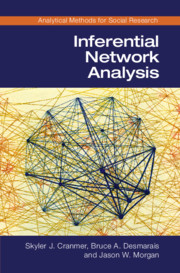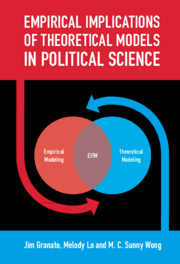Maximum Likelihood for Social Science
This volume provides a practical introduction to the method of maximum likelihood as used in social science research. Ward and Ahlquist focus on applied computation in R and use real social science data from actual, published research. Unique among books at this level, it develops simulation-based tools for model evaluation and selection alongside statistical inference. The book covers standard models for categorical data as well as counts, duration data, and strategies for dealing with data missingness. By working through examples, math, and code, the authors build an understanding about the contexts in which maximum likelihood methods are useful and develop skills in translating mathematical statements into executable computer code. Readers will not only be taught to use likelihood-based tools and generate meaningful interpretations, but they will also acquire a solid foundation for continued study of more advanced statistical techniques.
- Enables students to transform mathematical statements into executable computer code
- The book directly links theory and computation to actual research product and social science findings, while instilling norms of research transparency and replicability
- Moves beyond stargazing for statistical inference and asks readers to think of their statistical models as descriptions of a social process that can and should be evaluated before conducting inference
Reviews & endorsements
'… offer[s] an excellent text with the goal to introduce social scientists to the maximum likelihood principle in a practical way.' M. Oromaner, Choice
Product details
November 2018Paperback
9781316636824
324 pages
227 × 152 × 18 mm
0.47kg
49 b/w illus. 43 tables
Available
Table of Contents
- Part I. Concepts, Theory, and Implementation:
- 1. Introduction to maximum likelihood
- 2. Theory
- 3. Maximum likelihood for binary outcomes
- 4. Implementing MLE
- Part II. Model Evaluation and Interpretation:
- 5. Model evaluation and selection
- 6. Inference and interpretation
- Part III. The Generalized Linear Model:
- 7. The generalized linear model
- 8. Ordered categorical variable models 9. Models for nominal data
- 10. Strategies for analyzing count data
- Part IV. Advanced Topics:
- 10. Duration
- 11. Strategies for missing data
- Part V. A Look Ahead:
- 13. Epilogue
- Index.







